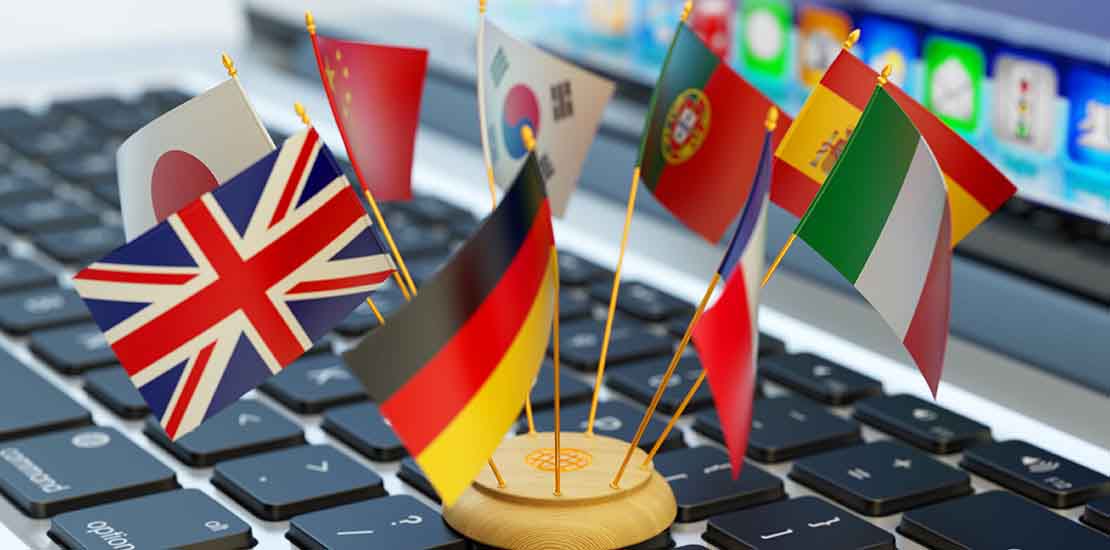What's the difference between an interpreter and a translator?
August 30 , 2021What's the difference between an interpreter and a translator?
by Target Language Translation Services
- August 30 2021

Interpreting and translation are two closely related linguistic disciplines. Yet they are rarely performed by the same people. Translators and interpreters both spend their lives converting words in one language into words in another language.
A translator is a person who works with written text and interprets written text. An interpreter is someone who works with spoken words and translates orally. These two professions are rarely performed by the same person due to differences in skillsets, training and language knowledge required to deliver each of these services.
Translators work in one - way, and they focus on converting a document from source to a target language. Even bilingual individuals can rarely express themselves in a given subject equally well in both languages, and many excellent translators are not fully bilingual to begin with. Knowing this limitation, good translators will only translate documents into their native language. Therefore, in many cases their target language is usually their native language. But to be able to provide precise translation, they also need to be highly competent in the source language and subject matter with a deep understanding of the language nuances and culture. Translators often apply dictionaries and other reference materials to support their work and they can take hours to translate a single document. It’s vital to notice that translation is not just replacing one word with another, it’s about creating a meaningful piece of content that conveys the meaning and context of the original document.
Interpreters are required to be able to translate in both directions at once. They have no time to look up grammar books, dictionaries or other resources. As they are often required to work at speed, they need to have extraordinary listening capabilities, especially for simultaneous interpreting. Simultaneous interpreters have to process, memorize and translate words from the source language to the target language within seconds. According to the International Association of Conference Interpreters (AIIC), a well experienced interpreter will be expected to interpret up to 150 words a minute. In addition to outstanding listening abilities, interpreters are required to have excellent public speaking skills, a good degree of self-confidence and a profound knowledge of both the target and source language. This makes sure that they can instantly transform ‘sayings’, idioms, colloquialisms and other cultural nuances in real time to help the target audience understand.
The difference in skills, training, aptitude and even language knowledge are so substantial that few people can do both successfully on a professional level.
Essentially, translators and interpreters are using their brains in different ways when they work. In fact, whether we read or hear language, it is processed by the cerebrum – the large, outer part of the human brain. However, reading involves left-lateralized activation, while listening comprehension involves extensive bilateral temporal cortex activation.
In practical terms, there’s a significant difference between translating written copy, where you have time to consider the most appropriate phrasing and revise previous word chose, and interpreting someone’s speech, where you have to convert the language in real time and keep up with what the speaker is saying, even as you repeat their last sentence in another language. These tasks need very different skill sets, which is why translation and interpretation are different career choices, despite the different language processing.
As such, not all translators are suited to a career as an interpreter (nor vice versa). However, some individuals do have the ability to interpret as well as translate.
If you want to work as an interpreter, you will need to train and, most likely, gain a qualification to prove your relevant skills. It’s possible to find interpretation work without a relevant qualification, but it does make the task much harder.
In the UK, these qualifications are available through a large number of universities, including the Open University. In the US, a bachelor’s degree with a major in a foreign language is the ideal route.
Once qualified, it’s time to accumulate experience. Just like providing professional translation services, this can be tough to do at first, but will become easier with time as you can demonstrate your experience and provide testimonials from satisfied customers.
There are numerous routes to build up your interpretation experience. Volunteering your services to a charity or not-for-profit organization is a great way to get experience while also making the world a better place through your effort. Also remember to make a glowing testimonial that you will use for marketing purposes.
Applying to work for an agency that provides specialized interpretation services is also a great way to gain experience, as agencies are often happy to test out new interpreters. They are also an excellent source of work, as the agency will be actively seeking out customers at every opportunity, essentially doing some of your marketing for you.
Some interpreting skills needed:
Thorough knowledge of the general subject to be interpreted
Intimate familiarity with both cultures
Extensive vocabulary in both languages
Ability to express thoughts clearly and concisely in both languages
Excellent note-taking techniques for consecutive interpreting
At least 2-3 years of booth experience for simultaneous interpreting
Hopefully this article clarifies things for you and comes in handy next time you need ‘real time translation’.
If you need help with your next translation or interpretation project – request the free Quote.
This article is reprinted from LANGUAGE SCIENTIFIC, Tomedes and FOEIGN TONGUES.
If there is a copyright, please inform us in time, we will delete it right the first time.